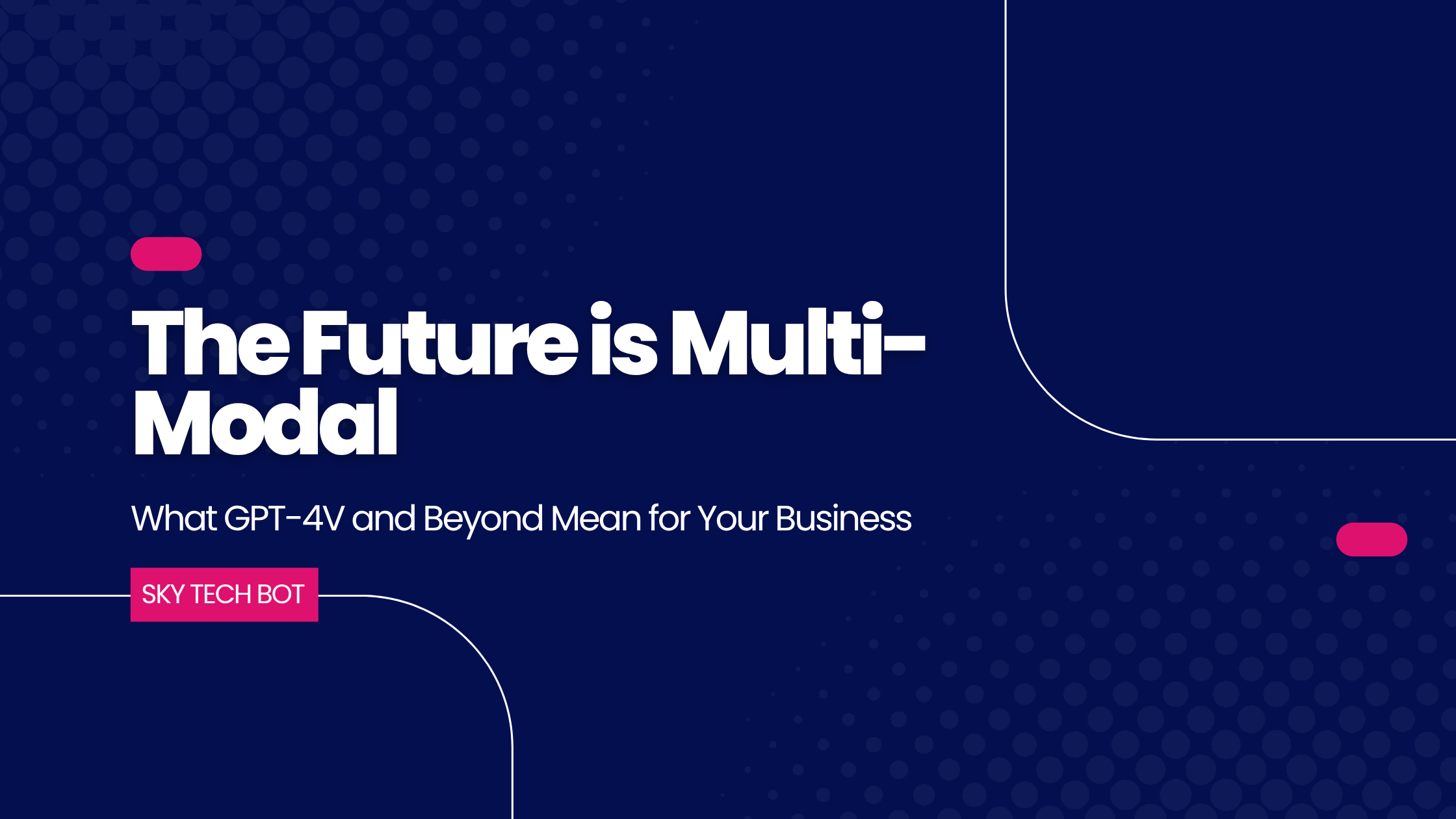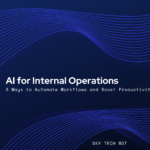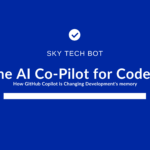Right now, most businesses are using AI that understands only one language: text. But the world isn’t made of text alone. We communicate with images, videos, charts, and sounds. The next seismic shift in artificial intelligence—multi-modal AI—is about to bridge that gap, and it will fundamentally change how you interact with customers and manage your operations.
Systems like GPT-4V (Vision) are just the beginning. These aren’t just chatbots that can “see.” They are AI models that can simultaneously understand, reason, and connect information across text, images, audio, and eventually, video. This isn’t an incremental upgrade; it’s a revolutionary leap.
Here’s what the multi-modal future means for your business.
Beyond Text: What is Multi-Modal AI?
Think of the current AI as a brilliant consultant who only reads reports. Multi-modal AI is that same consultant, but they can also analyze photos from the factory floor, interpret the tone of a customer service call, and explain the key takeaways from a graph in a sales presentation—all at once.
It can:
- Analyze an image and write a detailed description or answer questions about it.
- Read a graph and summarize the key trends in plain English.
- Process a document with both text and diagrams, understanding the relationship between them.
3 Business Domains That Will Be Transformed
1. Hyper-Personalized Customer Experience & E-commerce
Imagine a customer support experience where a user can simply take a photo of a broken product and send it to your helpdesk. The AI can:
- Instantly identify the product and its parts.
- Diagnose the likely issue based on visual cues.
- Provide tailored troubleshooting steps or immediately initiate a return process.
In e-commerce, a user could upload a photo of their living room and ask, “What kind of sofa would fit in this space and match my decor?” The AI becomes a visual personal shopper.
2. Supercharged Internal Operations & Compliance
Multi-modal AI can become the ultimate internal auditor and operations analyst.
- In Manufacturing: Analyze real-time video feeds from the production line to spot quality control defects or safety violations (e.g., a worker without a helmet) instantly.
- In Insurance: Assess car damage claims by analyzing photos and videos, automatically estimating repair costs and detecting potential fraud by cross-referencing the visual data with the claim report.
- In Retail: Monitor in-store security footage to analyze customer traffic patterns and optimize store layouts for better sales.
3. Revolutionary Content Creation & Data Analysis
Break down the silos between different types of content and data.
- For Marketers: Feed the AI a product photo and a brief description, and it can generate an entire marketing campaign—from social media captions and blog outlines to email copy—all informed by the visual attributes of the product.
- For Analysts: Upload a spreadsheet full of numbers and a collection of market research images. Ask the AI, “What story does this data tell, and what visualizations would best support it?” It can generate the charts and the narrative.
- For R&D: Analyze thousands of scientific papers, including their complex diagrams and charts, to uncover hidden connections and accelerate innovation.
Preparing Your Business for the Multi-Modal Shift
This isn’t science fiction. The foundational tools are here today. To get ready, forward-thinking leaders should:
- Audit Your Assets: Catalog the visual, audio, and textual data you already collect (e.g., customer photos, support call recordings, technical diagrams). This is the fuel for multi-modal AI.
- Think in Workflows, Not Tasks: Identify processes that involve switching between different types of information. These are prime candidates for multi-modal automation.
- Prioritize Data Infrastructure: Clean, well-organized data is even more critical when working across multiple modalities.
The Bottom Line: A More Intuitive and Powerful Partnership
Multi-modal AI represents a move towards a more natural, human-like interaction with technology. We won’t have to adapt to the machine’s limitations; it will adapt to our way of communicating. This will unlock new levels of efficiency, customer satisfaction, and innovation that are impossible with text-alone systems.
The businesses that start exploring and integrating these capabilities today will build an almost insurmountable competitive advantage for tomorrow.
Stay ahead of the curve. The multi-modal future is arriving faster than you think. Let’s discuss a future-proof AI strategy that prepares your business for this next wave of innovation. Talk to an Expert at Sky Tech Bot.


